When and where is the World Cup taking place?
The Qatar 2022 World Cup takes place from Sunday November 20th until Sunday December 18th.
Thirty-two countries are taking part in the tournament – Sweden has not qualified – and there will be a total of 64 matches played.
Matches will be played at either 11am, 2pm, 5pm or 8pm Swedish time.
So, if you’re in Sweden during the World Cup, where can you watch the games?
Where can I watch it on TV?
Coverage of the World Cup in Sweden is split between two broadcasters, who are broadcasting 32 games each: free-to-watch public broadcaster SVT and commercial broadcaster TV4 and their paid streaming service C More, with the premiere and the final both shown on TV4/C More.
That means that if you want to stream C More’s matches live or watch on catch-up, you’ll have to fork out for a subscription – starting at 109 kronor per month. If you’re happy watching them live on TV however, you can tune into SVT 1, SVT 2 and TV4 and watch them live for free.
You can see the full list of matches here.
Will any bars be showing the matches?
Obviously, we can’t list every single bar in Sweden which will be showing the matches, but sports bars, English pubs and Irish bars are likely to be showing the World Cup matches, as well as the O’Leary’s chain of sports bars found in many Swedish cities.
Is there anything else I should know?
Finally, if you are interested in learning about the criticism from human rights groups over the choice to hold the World Cup in Qatar, one recommendation is the (Swedish-language) documentary “Qatar – landet som köpte Fotbolls-VM” (“Qatar – the country which bought the Football World Cup”).
Another recommendation is the Cards of Qatar project by investigative news service Blankspot, telling the story of some of the migrant workers who died in Qatar while getting the country ready for the World Cup.
The stories are told in a football card format, but instead of information about players we get the personal stories of those who left India, Bangladesh and Nepal to work in Qatar but never returned. You can find the project at cardsofqatar.com.

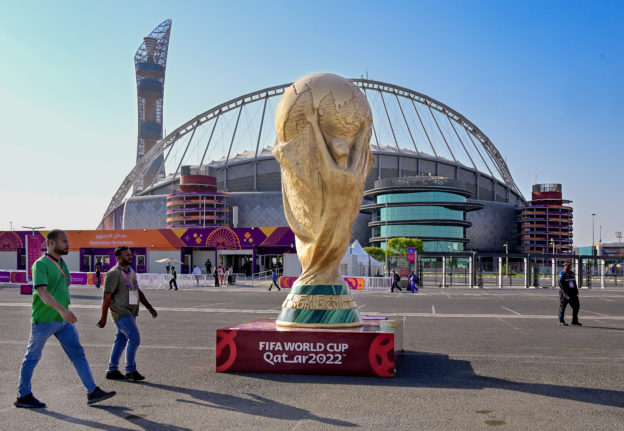
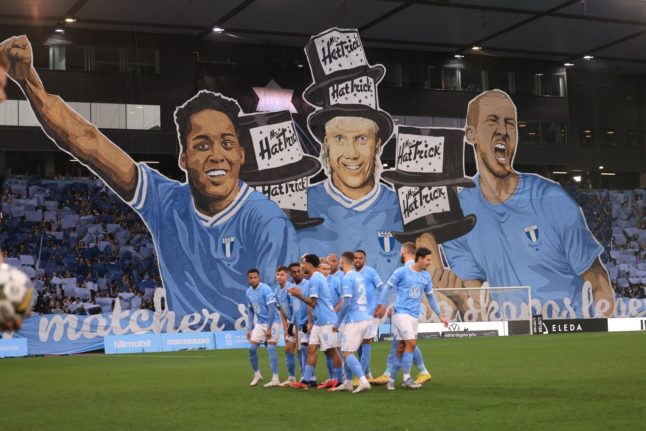
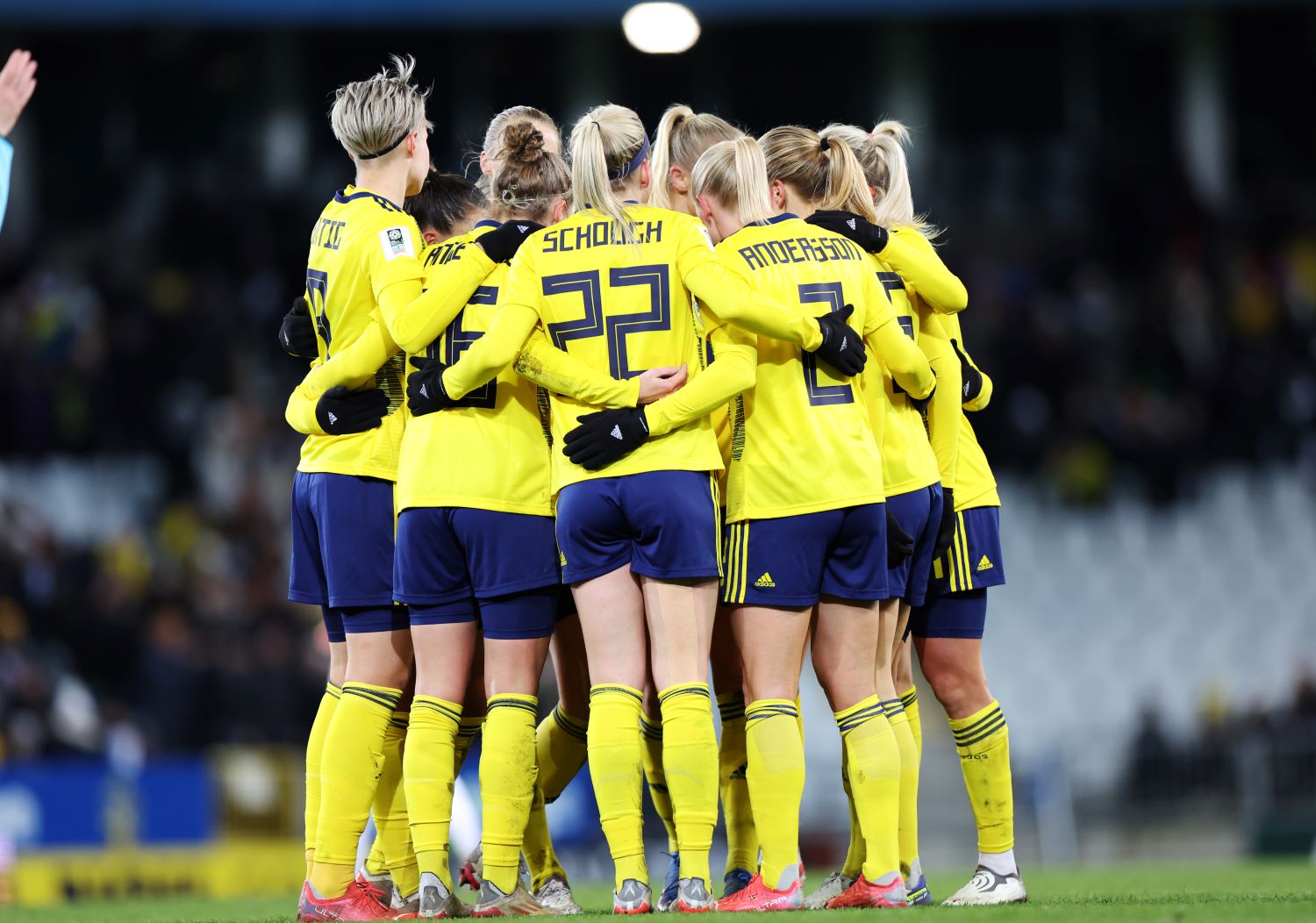
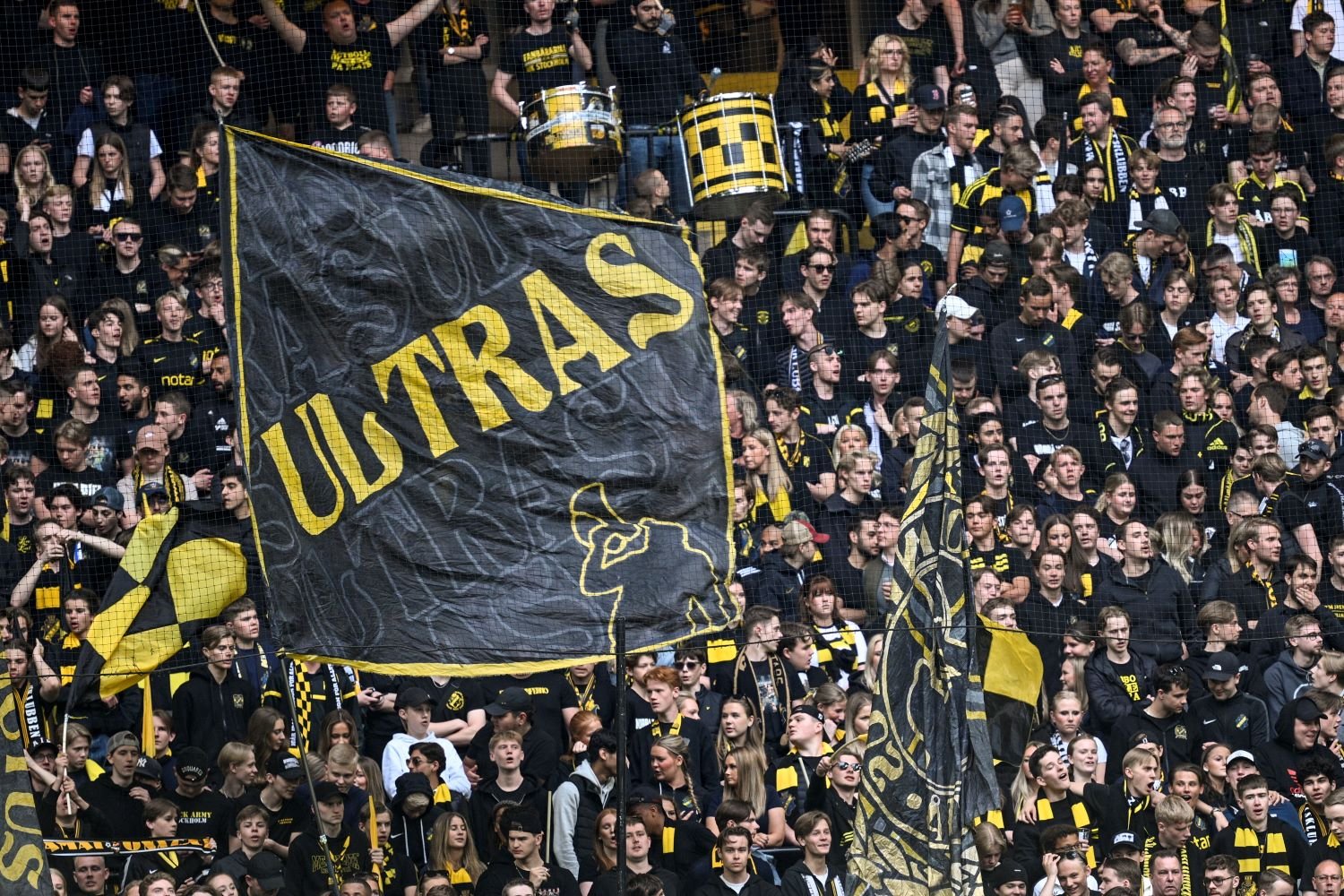
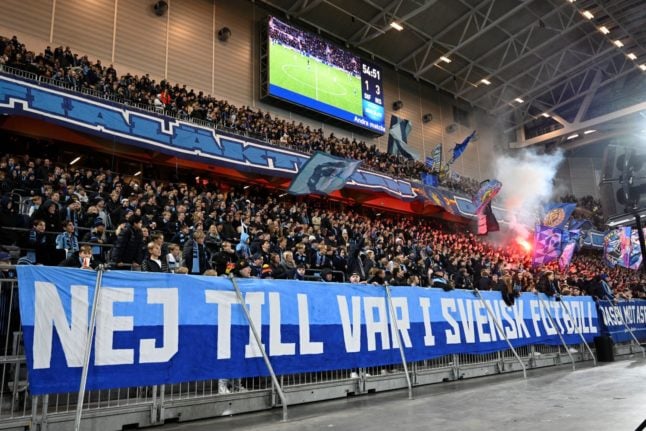
 Please whitelist us to continue reading.
Please whitelist us to continue reading.
Member comments